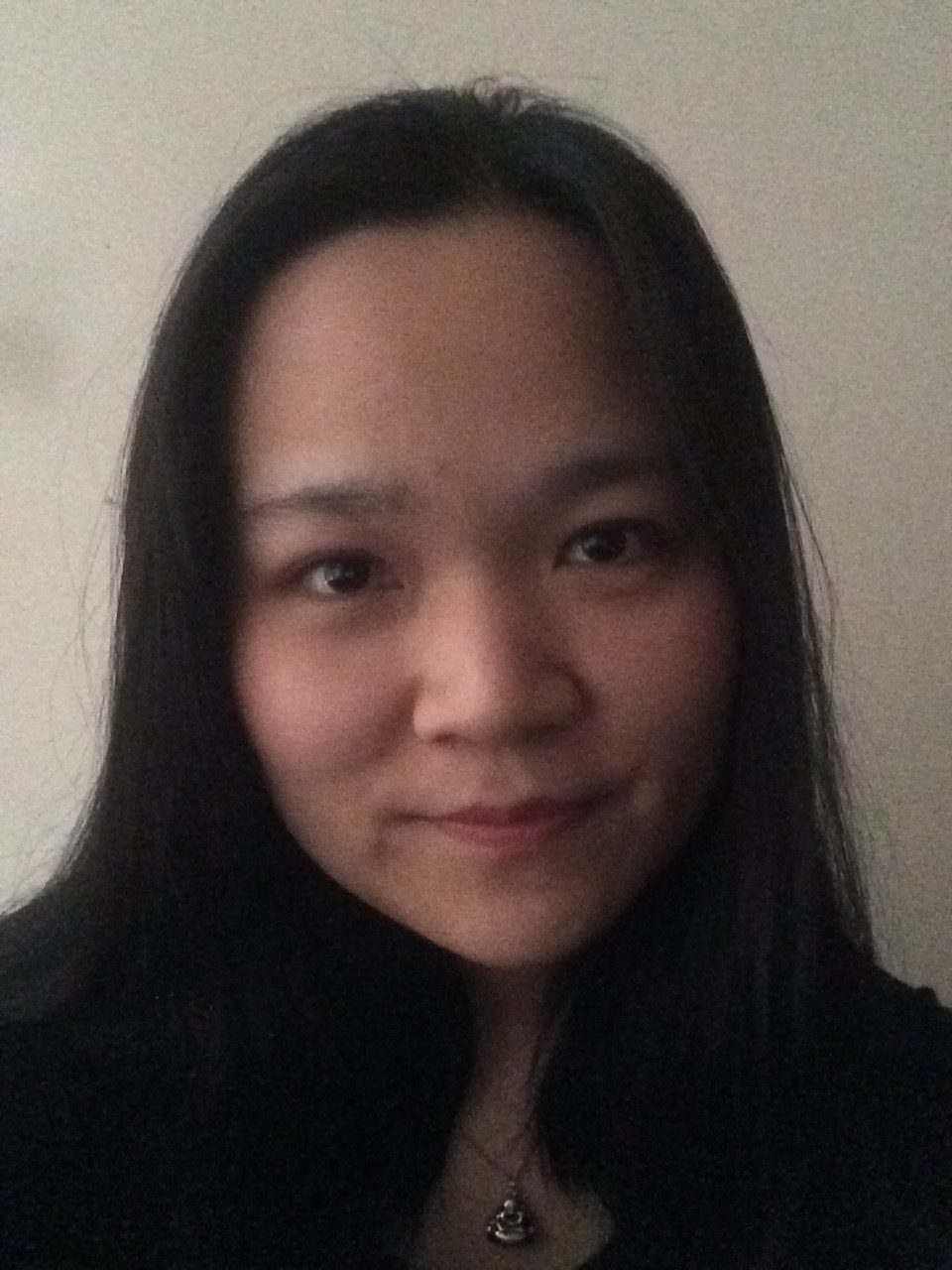PanMeMic: Making Meaning in the Covid-19 pandemic

By Zhe Liu, University of Leeds
The worldwide coronavirus disease pandemic (COVID-19) is not only affecting many people’s health but also changing people’s social lives at a rapid speed. Although research has been intensively discussing the virus from the health, economic, behavioural, and representational aspects (Ji, et al., 2020; Atkeson, 2020; Bavel et al., 2020; Back, Tulsky & Arnold, 2020), the phenomenon of moving activities online and the policy of keeping social distance inevitably make me reflect on their impact on my daily communication and interaction practices. Driven by this concern, I joined a transmedia space, PanMeMic (Pandemic Meaning of Interaction and Communication), which aims to investigate the coordinates of various changes in communication and interaction during the global pandemic as well as propose for a methodology to understand their implications for the future of social interaction.
PanMeMic is coordinated by Dr Elisabetta Adami at the University of Leeds and 30 researchers based in different countries, encompassing all continents. In order to involve both academics from different disciplines and non-academics in discussing and reflecting on the impact of the pandemic on the current and future communication practices, PanMeMic was launched publicly on 18th May through a website and several social media platforms (Facebook, Instagram, Twitter, YouTube, WeChat and WeiBo). In the past four months (18th May—18th September), PanMeMic firstly started from inviting people to share reflections and observations online. Drawing on this, the initiative is attempting to develop a semiotic research methodology for conducting collective research on the changing practices of interaction and communication during and after the pandemic. By creating a transmedia public space involving people with different backgrounds worldwide, PanMeMic also provides a public platform of sharing, collaboration, debate and learning.
In a Manifesto (Adami et al., 2020) published by the founding team members of PanMeMic, the first observations and results are presented and discussed. As an important action that is performed in the pandemic, keeping bodies apart constantly challenges the old style of social interaction practices and results in a requirement of using the technological system of live distance communication to move activities online and keeping people connected, such as working, learning, shopping and socialising. After the four-month reflection and observation, My PanMeMic colleagues and I believe that this worldwide phenomenon is forcing all the people to re-discipline themselves in terms of awareness, assessment, co-construction and negotiation. More specifically, we found that (1) mediation with others and the physical world is regulated visually by signage and materially through redesigned public spaces, (2) the need of connection is met by digitally-mediated practices, which are deeply affected by the digital divide (from access to literacy), (3) visual and auditory resources are used as the major channels of perception both in offline and online environments but, to a certain extent, exclude people with impaired vision and hearing, (4) semiotic resources are creatively deployed in order to support the online communication and regulated offline interaction (e.g. waving goodbye in online meetings and singing flash mobs from the windows in lockdown places). As a result of this, many semiotic resources are experiencing a reshuffling of association between signifiers and signifieds. For instance, keeping social distance is now reversed into a sign of responsibility and care, (5) the shift between virtual and physical environments highlights the increasingly blurred line between private and public spaces.
To understand these accelerated changes in communication and interaction practices from diverse disciplinary perspectives, my PanMeMic colleagues and I mainly focus on semiotic research, which involves scholars in semiotics, linguistics, visual and cultural anthropology, media and communication studies, education and other relevant fields of arts, humanities and social sciences. We also try to innovate in this methodology by emphasising the value of distributed knowledge and inviting self-reflections on the emergent changes both from academics and non-academics. Starting from the occasion of the pandemic, PanMeMic hopes to combine the transmedia features of social media platforms with the established research methods in semiotics for building a global space, in which we are able to collectively evaluate different meaning making practices of interaction and communication on the basis of informed observations and reflections.
References:
Adami, E., Zidjaly, N. Al., Canale, G., Ghiasian, M.S., Gualberto, C. Karatza, S., Lim, F. V., Pedrazzini, A., Pirini, J., Wildfeuer, J., Zhang, Y. (2020). PanMeMic Manifesto: Making meaning in the Covid-19 pandemic and the future of social interaction. Working papers in Urban Language and Literacies no 273. https://f-origin.hypotheses.org/wp-content/blogs.dir/8699/files/2020/08/WP273_Adami_et_al_on_behalf_of_the_PanMe.pdf
Bavel, J.J.V., Baicker, K., Boggio, P.S. et al. (2020). Using social and behavioural science to support COVID-19 pandemic response. Nature Human Behaviour, 4(5), 460-471.
Back, A., Tulsky, A. and Arnold, R. (2020). Communication skills in the age of COVID-19. Animals of Internal Medicine, 72(11). https://www.acpjournals.org/doi/10.7326/M20-1376
Atkeson, A. (2020). What will be the economic impact of COVID-19 in the US? Rough estimates of disease scenarios. Working paper 26867. National Bureau of Economic Research. https://www.nber.org/papers/w26867
Ji, Y., Ma, Z., Peppelenbosh, M.P. and Pan, Q. (2020). Potential association between COVID-19 morality and health-care resource availability. The Lancet Global Health. 8(4), E480.
